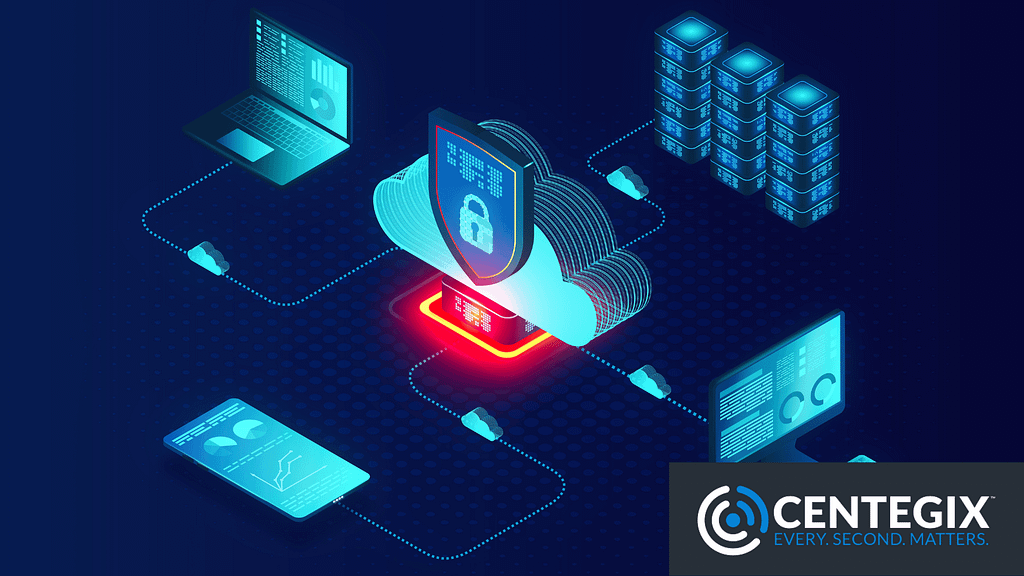When an emergency occurs on a school campus, communication is paramount. In response to incidents of all kinds, from student elopement to health crises to violence, school staff should be empowered to alert help instantly. The school alert system at every school should be reliable, intuitive to use, and adopted by 100% of staff. A schoolwide emergency alert system that features a mobile panic button fits this description and is the most effective way to create a climate of safety on school campuses. Wearable security badges far outstrip web-based mobile applications in their ease of use, the reliability of their technology, and the accuracy of the data they generate.
How Apps Fall Short
Many schools utilize school alert systems that obligate staff members to download an application to their personal phones. This app is used to alert administrators and first responders during emergencies. Unfortunately, this method of emergency response is unreliable and can create barriers to requesting and receiving help during an emergency. Problems associated with web-based applications include:
- Wi-fi and/or cellular signal strength may be inadequate or unreliable.
- Teachers do not always have their phones in their possession.
- Responders can miss notifications.
- Locations of incidents are not always reported accurately.
- Schools often report low adoption and implementation rates.
In addition, school administrations cannot mandate that staff members download safety applications to their personal devices or expect a staff member to carry their personal device on their person at all times. But districts can mandate that staff members wear a security badge along with their school identification. Just like a school ID, a wearable mobile panic button goes everywhere a staff member goes and can pinpoint the staff member’s location anywhere on campus in an emergency.
Dedicated IoT Networks are More Reliable

Mobile apps vs Mobile panic buttons
Wi-fi and cellular service are notoriously bad on many school campuses. So it’s risky to rely on these networks in times of crisis. If the wi-fi is down or if a classroom is located in a section of the school without cell service, any call for help will go unheard and unanswered. A school alert system is only as strong as its weakest link. Therefore a reliable network should be the starting point for schools seeking to keep students and staff safe.
The most effective and reliable school alert systems run on a dedicated “Internet of Things” (IoT) network. An IoT network is a web of devices that can communicate with one another. These networks require committed connectivity to a controller that manages the device ecosystem. In the case of a school alert system with mobile panic buttons, each staff member’s badge and the controlling system are in direct communication. They create their own device ecosystem! Unlike personal cell phones, which receive all types of notifications throughout the day, devices on an IoT network can send and receive notifications solely focused on safety and security. This eliminates confusion and ensures staff members can be notified of an emergency.
IoT Networks are Designed for School Use
The technology and security that schools require are unique; they are not precisely the same as any other industry. IoT networks fit the needs of the industry for which they are designed. They “focus on the needs of industry verticals, and specific market use cases.” Without a dedicated IoT network, the IoT ecosystem could easily become highly cumbersome with so many different “things” to consider, including IoT provisioning, activation, administration, and other management functions.
The advantages of IoT networks led US cellular carriers to create them for 911 calls. Emergency services were deemed “mission critical” and therefore too important to expose to connectivity problems. Technology experts assert that dedicated IoT networks will likewise soon become “mission critical” for many enterprises. These networks are also highly secure. A proprietary network created specifically for IoT use facilitates not only the management of a plethora of connected devices but also provides a sound basis for protecting traffic. School alert systems that utilize dedicated IoT networks are on the cutting edge of today’s technology.
Mobile Panic Buttons: 100% User Adoption

Mobile apps vs Mobile panic buttons
Teachers work in dynamic, bustling environments. They rarely stay in one place for long and have to manage many demands on their attention. For these reasons, they are often disengaged from their personal cell phones throughout the day. While a teacher may check messages from time to time, they may also leave the classroom without their phone, set it to silent mode, or miss alerts because they’re occupied elsewhere.
This problem reveals the great advantage of mobile panic buttons: any staff member can send an alert from anywhere, at any time. Unfortunately, school alert systems that rely on web-based apps fail to offer this functionality. The catastrophically ineffective response to the May 2022 shooting at Robb Elementary School in Uvalde, Texas, revealed the weaknesses of web-based systems. According to the Robb Elementary Investigative Committee Report, poor wi-fi connectivity in Robb Elementary delayed the web-based security application’s lockdown alert. Poor wi-fi service also prevented some teachers from receiving the initial alert immediately. In addition, some teachers did not have their phones on their person at the time of the alert. All of these communication breakdowns could have been prevented by a school alert system running on a dedicated IoT network and adopted by 100% of staff members.
Multi-sensory Alerts Make Schools Safer
Recent studies show that multi-sensory alerts are highly effective at getting people’s attention and stimulating them into action. According to researchers, “users can react immediately, slowly, or not at all to a notification,” depending on the notification’s importance, the mobile user’s current context, or the fashion in which the notification is displayed. In an emergency situation on a school campus, notifications must prompt immediate action. Researchers found users more likely to react quickly when presented with a multi-sensory alarm experience rather than a traditional, sound-only alarm. Multi-sensory alerts are much more effective at prompting a proper staff response than, for example, an audible-only alarm.
An ideal school alert system includes the following layered features:
- vocal instructions on an intercom
- strobes in classrooms in hallways
- computer screen takeover on all staff computers
- instant 911 calls or translated messages
- ability to pinpoint the precise location (at room level) of alerts
CrisisAlert: Reliable, Intuitive, Effective
The CENTEGIX CrisisAlert system has all the features that make school alert systems work seamlessly. These include:
- mobile panic buttons with 100% user adoption
- dedicated IoT network
- multi-sensory alerts
- analytics dashboard
The CrisisAlert dashboard generates indispensable data for administrators and decision-makers about how best to support staff and students. Because CrisisAlert can pinpoint the locations, times, and conditions associated with an emergency, administrators can pinpoint where, when, and how to direct resources.
The CrisisAlert system is designed to eliminate many of the problems associated with web-based school alert systems. CrisisAlert is a crucial component of an effective overall emergency alert and response system. Teachers deserve modern safety solutions that facilitate a school environment with positive learning outcomes for every student.
CENTEGIX is the leader in incident response solutions. Our CrisisAlert platform is the fastest and easiest way for staff to call for help in any emergency, from the everyday to the extreme. CENTEGIX enables safer spaces by innovating technology to empower and protect people, and leaders nationwide trust our safety solutions to provide peace of mind. To learn more about CENTEGIX, visit www.centegix.com.

